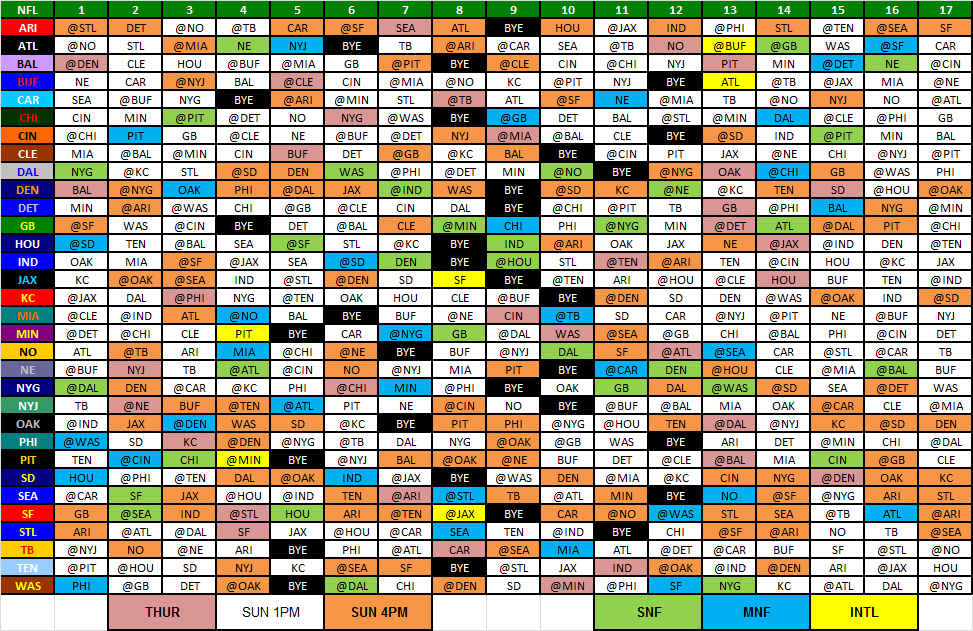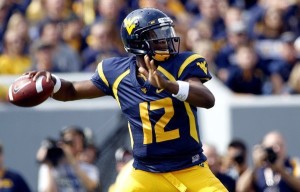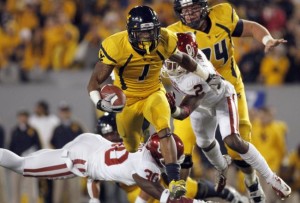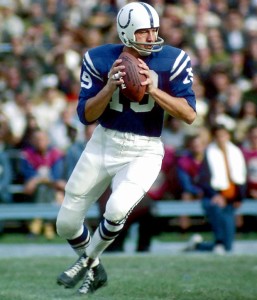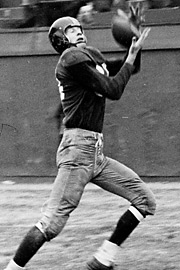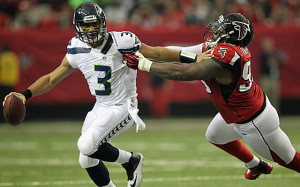Yesterday, I discussed some of my general reactions to the NFL Draft. Today, my thoughts on the Jets draft in particular.
Round 1, Pick 9: CB Dee Milliner (Alabama)Some mocks had Milliner, the consensus best cornerback in the draft, going as high as third overall. The Jets had a need at cornerback following the Darrelle Revis trade, and perhaps the same scouts who fell in love with Revis (and not the ones scouting Kyle Wilson) saw similar traits in Milliner. So from that standpoint, the pick makes sense.
But I’m not sure if the selection fits in with the team’s overall philosophy. By trading Revis, the implication was that the Jets don’t think any individual cornerback is all that valuable in both Rex Ryan’s scheme and in a division that features a two (tight end)-headed bohemoth. That’s a reasonable position to take, and trading Revis — instead of paying him $16M/year — is consistent with an organizational philosophy that values depth rather than a singular talent at cornerback.
But then why spend a top-ten pick on a corner? Perhaps the Jets just think Revis wasn’t ever going to be Revis again, and the two moves had nothing to do with each other. Maybe New York just likes young corners. New general manager John Idzik restructured Antonio Cromartie‘s contract to provide immediate cap savings, but he’ll count for $15M against the salary cap in 2014. And while Cromartie was excellent in 2012, he’ll be 30 years old this time next year; the Jets may want to move on from him at that point. Add in the fact that 2014 is Wilson’s final year, and Milliner may be the only cornerback on the roster in both 2013 and 2015.
[continue reading…]

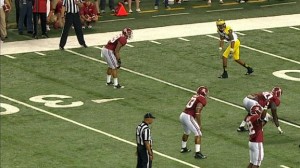
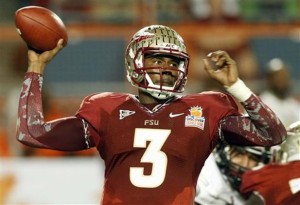
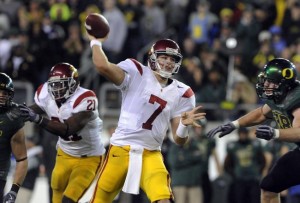
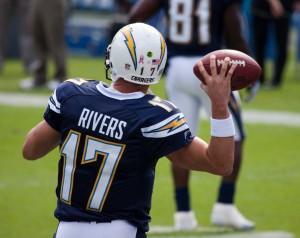
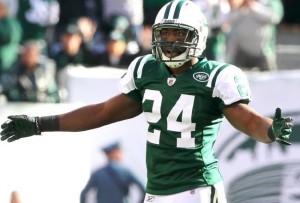
 I find old newspaper articles very entertaining, so I decided to see how the Boston Globe documented the selection of
I find old newspaper articles very entertaining, so I decided to see how the Boston Globe documented the selection of 